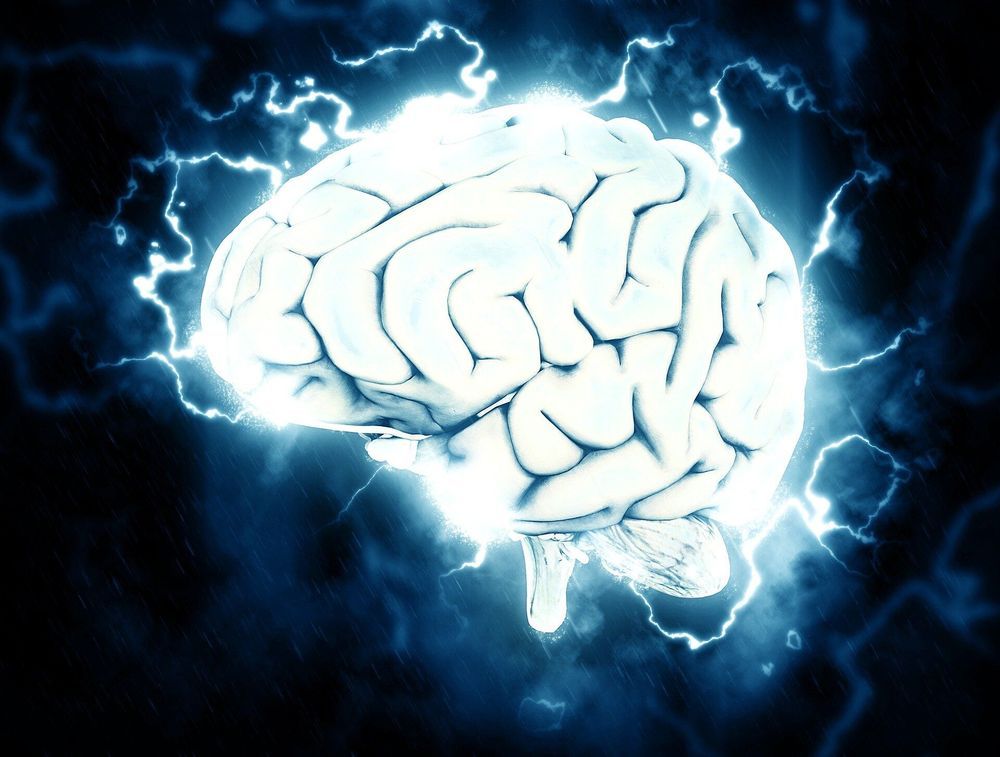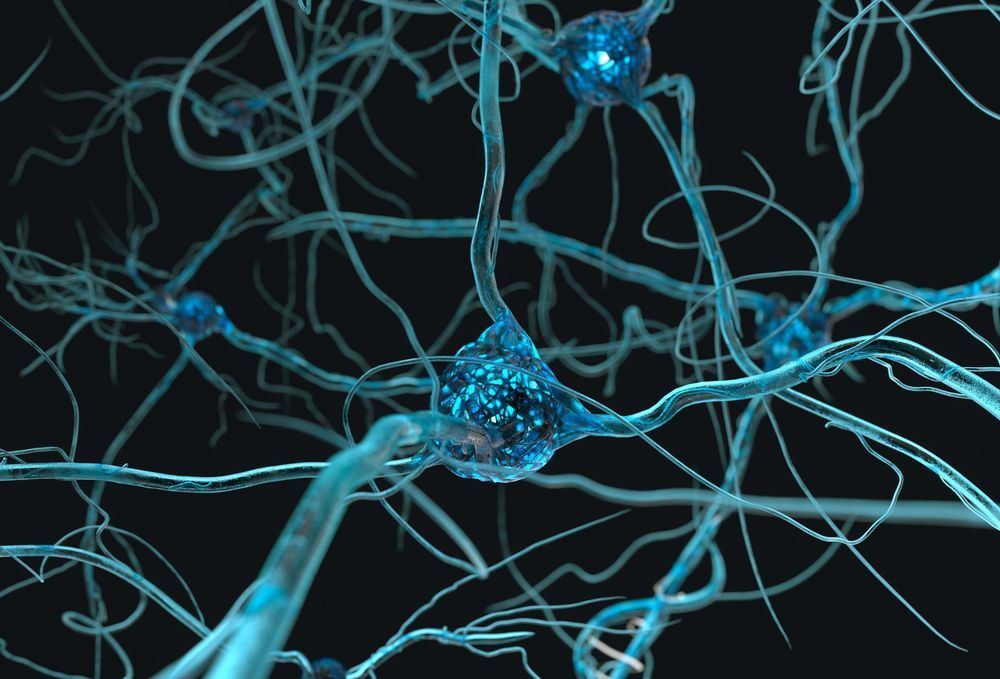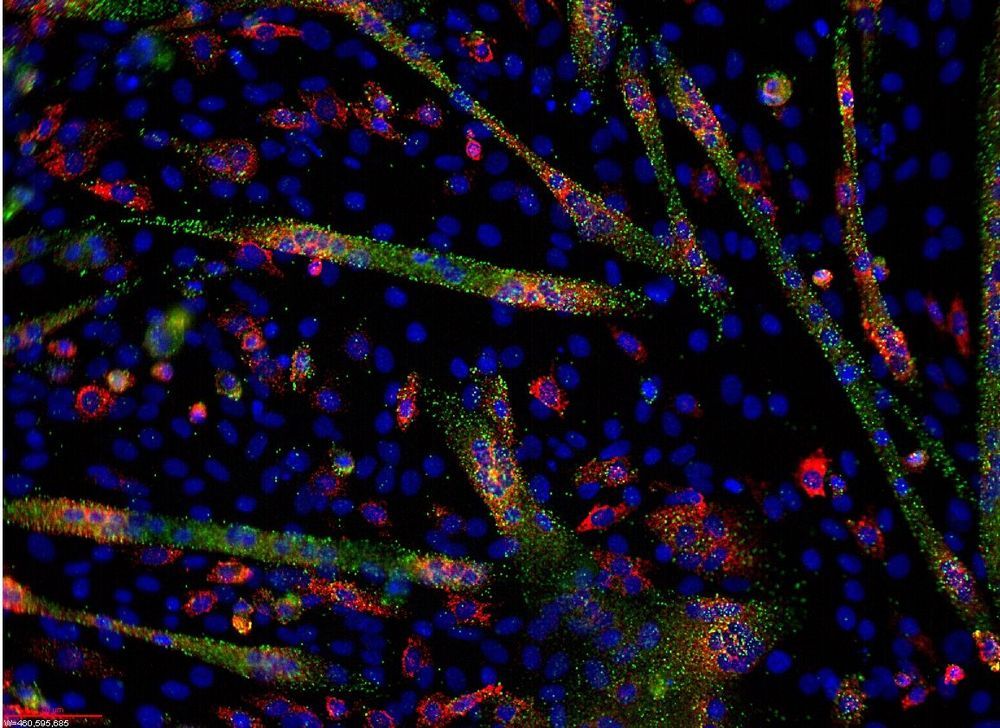Medication prescribed for a certain type of epilepsy may offer a new method for treating malignant infantile brain tumors. A specific mTOR inhibitor has the ability to cross the blood-brain barrier to both reach and attack the tumor at source. This has been demonstrated by researchers from Uppsala University, in collaboration with US and UK colleagues, whose research has now been published in the scientific journal Cell Stem Cell.
Approximately 100 children suffer infantile brain tumors in Sweden each year. The most common type of malignant brain tumor in infants and children is medulloblastoma. Radiation therapy is part of the standard treatment for medulloblastomas and modern radiation therapy has saved the lives of many children suffering from these often aggressive cancers; however, as it often comes with serious side effects for healthy brain tissue, it is seldom prescribed for infants. Although a presumably better solution would be to give more targeted treatment, in order to establish such a therapy it would naturally need to be proven to be both more effective and come with fewer side effects than current treatments.
Many infantile medulloblastomas are amplified by MYCN, an oncogene that drives tumor growth and metastasis to the spinal column, leading to a very poor prognosis. In the study in question, the researchers cultivated a particular type of neural stem cell and were able to demonstrate that MYCN was quickly able to turn these into cancer cells. This suggests that these cells are likely to be the origin of infantile medulloblastomas.









